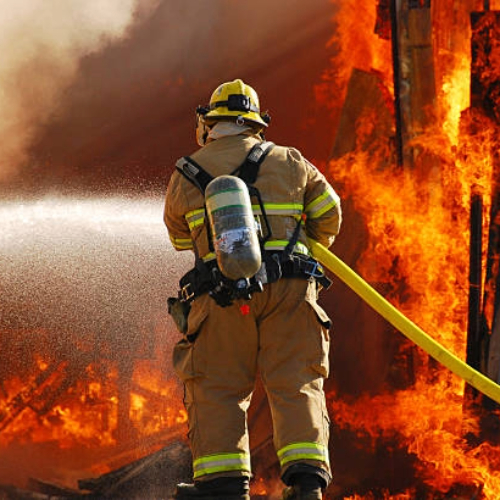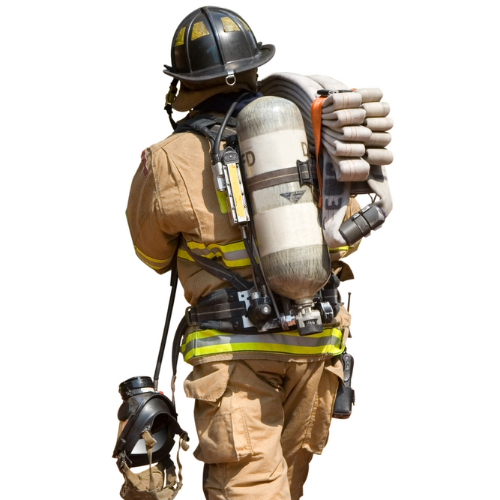

SCBA Service
Details:
1.
Daily/After-Use Inspection (User-Level)
This is a
fundamental and frequent check performed by the user or a trained team member
after every use.
Cylinder and
Pressure Check: Verify that the cylinder is full (at least 90% of its
capacity). If the pressure is low, the cylinder must be refilled or replaced.
Visual
Inspection: Check for any physical damage on the face piece,
regulator, hoses, and harness assembly. Look for cuts, cracks, abrasions, or
signs of heat exposure (e.g., discoloration).
Functionality
Check: Ensure all straps, buckles, and fasteners are functional. Check
that the low-air alarm activates correctly when the cylinder is opened and that
the purge valve and bypass valve are working.
Cleaning: Thoroughly
clean and disinfect the face piece and regulator to remove contaminants,
especially after exposure to smoke or chemicals.
2.
Monthly/Quarterly Inspection (User-Level)
This is a more
detailed check that builds on the daily inspection.
Pressure
Gauge Check: Compare the pressure reading on the SCBA's gauge to a
master gauge to ensure accuracy. The readings should be within 100 psi of each
other.
Alarm Test: Check
the operation of all alarms, including the low-air alarm and any integrated
PASS (Personal Alert Safety System) device.
Flow Test: Conduct
a flow test to verify that the regulator delivers air smoothly and within the
manufacturer's specifications.
3. Annual
Service (Professional Level)
This is a
comprehensive service performed by a manufacturer-certified technician or an
authorized service center.
Complete
Overhaul: The SCBA unit is disassembled, cleaned, and inspected. This
includes the regulator, face piece, harness, and all major components.
Replacement
of Parts: All mandatory parts, such as O-rings, seals, and gaskets,
are replaced as a matter of routine to prevent future leaks or failures.
Function and
Performance Testing: The entire unit is reassembled and subjected to a
series of tests on a certified test bench (e.g., a Posi-Check machine). This
includes verifying the flow rates, alarm set points, and overall performance.
Face piece
Integrity Check: A quantitative fit test may be performed to ensure
the face piece provides a proper seal on the user's face.
Documentation: A detailed service report and an official calibration certificate are provided, which are essential for compliance with NFPA and OSHA standards.